Tips and itinerary for cruising the English canals
United Kingdom
Route and information for narrowboat canal boat cruises
Cruising round a 90 degree bend in a longboat on a narrow canal
Cruising on the canals in a longboat is a popular pastime in the UK and Europe. Choosing a route to follow can be quite daunting. Equally intimidating is what you need to do on a canal boat. I’ll provide you with some tips and our itinerary for cruising one of the English canals.
Have you ever been on a canal boat holiday? It was another one of my dreams (yes, I’m greedy, I have many things I would like to do on my bucket list!) In 2016 we planned such a holiday with family in the UK.
Bradford on Avon Wharf
Summary of our itinerary for cruising the English canals
1. Arrive at Heathrow Airport.
2. Train to Paddington Station.
3. Train from Paddington Station to Westbury.
4. Change trains at Westbury to Bradford on Avon.
5. Collect canal boat at Bradford on Avon wharf.
6. Cruise on canal to Bath where the canal changes to Avon river.
7. Cruise from Bath to Bristol. Return from Bristol and head back to Bradford on Avon.
8. Bypass Bradford on Avon in direction of Seend Cleeve.
9. Seend Cleeve to Devizes. Return from Devizes and head back to Bradford on Avon wharf to drop off boat.
10. By car to Nunny and Frome to explore the area.
11. Train from Frome to Westbury, the next station after Frome.
12. Change trains at Westbury to Paddington Station.
13. Paddington Station to Heathrow airport.
Longboats/canal boats
Our longboat was the Andromeda, a constellation class 12 berth. Its length was 21 meters and its width just over 2 meters. Two sitting areas converted into two double beds with a thin wall between the two. The rest of the berths were narrow single bunks.
There were two bathrooms, a small kitchen, a seating area outside, at the front of the boat and a platform at the back with a seat for the crew member that steered the boat. The inner width was just less than 2 meters, with an extremely narrow area to walk through.
The company that we hired the boat from was the Anglo Welsh Waterway Holidays. However, there are many others to choose from.
Disclosure: I am in no way affiliated to Anglo Welsh Waterway holidays.
Over the course of the two weeks that we were on the boat we would have other family and friends join us for a couple of days, a total of 7 people on board at any given time, so our boat had ample space for all of us.
Bradford on Avon station to the boatyard was approximately 1.6 kilometres. Being South African, we were loath to part with our money as our currency is rather weak against most other currencies, so we chose to walk. We don’t object to walking, but it was raining at the time and dragging our luggage through the puddles, even though they had wheels was quite tiring.
We arrived at the wharf at midday and dripped our way into a lovely pub where we could catch our breath, have a drink and a meal.
Our boat was handed over to us in the afternoon with a few instructions. Our family, Karen and Clive, who we were cruising with had spent numerous times on canal boats so knew the drill, but if you have never been before, it is best to take in as much information as possible. They do provide a handbook though, for you to peruse at your leisure.
From Bradford on Avon we navigated towards Bath and through our first lock before we moored closer to the town centre of Bradford on Avon, where we would spend the night.
Canal boat moorings in Bath
Some of the locks are deep
FAQ for cruising the English canals
Do you need a skipper’s licence for a canal boat? As long as there are 12 people or less on the canal boat, it is not necessary to have a licence or certificate to steer the boat.
How many people are needed to operate a canal boat? It is best to have at least two people to operate a canal boat, especially if going through locks. While the ‘captain’ steers and shouts orders, the other operates locks or swing bridges, tie ropes or run from port to starboard, bow to stern and wind paddles to open locks. Having two people to operate the locks is even better.
Do you need any special skills or experience to operate a canal boat? It is not necessary to have any skills or experience. The hire company should give you full tuition on arrival and you should gain confidence quickly. The tuition should last about an hour and it is advisable to ask as many questions as possible. There should be a boater’s manual on board the boat as well as a contact number for the marina or hire company. At the handover the staff should also explain about the facilities on board your canal boat, the canal boat etiquette and how to navigate through locks.
Which is the best route for a canal boat trip? That would depend on what you want to see and which area you would like to explore. There are vast networks of canals to choose from. Depending on your hiring company (and there are many) there are not many one-way routes. However there are loops to avoid seeing the same area twice. Some companies have multiple depots where you can pick up one boat and drop it off at another depot. This adds to your logistics if you have parked a vehicle near the depot where you started. With any route, make sure you have enough time to get to the depot to return the boat.
How far can you go on a canal boat in a day? You can go as far as you like but will be limited by the speed you can travel, the amount of sightseeing you want to do and the time taken to go through the locks.
What speed can you cruise down the canal? The maximum speed limit is 4mph but generally the average at most would be 3mph.
When is the best time to cruise? Obviously in summer with longer days and pleasant weather is the best time, but it can also be the busiest time. The winter months are often used for maintenance.
Where can you moor the boat? There are moorings almost anywhere next to a canal tow path. Canal boating has become very popular and the waterways can be busy, therefore the moorings are filled quickly, so don’t wait till the last possible minute of the day to pick your mooring.
Do you need to refill the water tank? It depends on the size of the tank, the quantity of people and the time you will spend on board. There are various water points along the waterways where you can refill your tanks.
What do you do with sewage? If you are on your boat for more than a few days it may be necessary to pump out the holding tank for the sewage. There are various onshore waste disposal facilities or pump out stations at boat yards and marinas. In the booklet you are given there should be reference to them.
Can the canals run dry? Occasionally the level of water can be low in the canals and although they are monitored, on occasion you could be balancing on a cill. Keep an eye out for this.
Can you stock up on supplies? There are numerous pubs, restaurants and shops such as Tesco express or Sainsbury’s as well as markets to restock your supplies. Just as well. Our fridge/freezer on the boat was tiny.
Do you need to provide your own linen? I cannot vouch for other hiring companies, but Anglo Welsh gave us a supply of linen and towels for the two weeks on board.
How do you do laundry on board? It is best to do most of your laundry at a laundromat as there are no facilities on the boat for laundry, except for small garments.
Private canal used to transport coal in the past
Tips for cruising the English canals
A. Wear comfortable non-slip shoes as it gets wet and sometimes muddy around the locks. It is also easy to slip on the boats, especially on the outside.
B. Bring gloves as your hands can take strain from winding the windlass at the locks or tying ropes.
C. It is worth buying or downloading maps of the areas you will be traveling through.
D. A waterproof jacket is always a good idea in England.
E. Exercise extreme caution and do not get between the boat and an object as the weight of the boat can do serious harm. Although most canals are fairly shallow there are places that you can hurt yourself severely if you slip and fall into the canal.
Operating locks on the canals
I am no expert when it comes to operating locks on the canals, therefore I’ll leave it to the experts.
Inland Waterways Association - Waterways UK has a good description and explanation.
“
Letting water in to raise the boat is something all the family can do
How to operate a lock
A lock is basically a chamber that holds water and accommodates the boats to either lower on raise them to a lower or higher level. A lock is therefore needed to follow the level of the ground.
Locks are quite simple things, with boats going into the lock then the crew shutting the gate(s) behind the boat.
Going Down
is simply a matter of letting the water out of the other end until the same level is reached, then opening the gate(s) to proceed on the lower level.
Going Up
is just a matter of letting water in the lock from the higher level, until again, the water in the lock is level with that above, then proceeding on the higher level.
Safety tips
Don’t open the sluices fully - check how much water is coming in by cautiously opening one paddle half way and making an assessment - you can accidentally flood a boat if you open them too quickly .
Avoid Getting Hung up on the Cill
Remember to keep the boat forward of the top lock gate cill otherwise it can result in the boat sinking or capsizing. The word ‘Cill’ and white lines are marked on the lock walls and warning signs are placed on lock gates.
Read more information on how to avoid your boat getting hung up on the cill.
Water conservation & Lock etiquette
Always share a lock with other boats if possible. Better to wait a few minutes than to close the gates on an approaching boat and waste up to 56,000 gallons or more of water! For the same reason, always wait your turn at a busy lock. Be courteous and don’t prepare locks ahead of you if you can see boats coming in the other direction. Check that no rubbish gets jammed in the gates as this can cause leakage. You will need a boat hook to clear any jammed rubbish, and may need to open the gate again to clear it away.
Always ensure that all gates and paddles are closed after you leave a lock, unless you see another boat approaching, in which case leave the gates open to help them. Never dangle your arms and legs over the side of the boat or the lock as they can get crushed between the boat and lock side.
Going Up
Close all gates. Ensure top paddles shut.
Open Bottom paddles to empty lock
Open doors and enter.
Close doors and bottom paddles
Open top paddles to fill lock
As the boat rises, ensure that the bow does not snag on the forward lock gate
Open top gates and exit
Going Down
Close all gates. Ensure bottom paddles shut.
Open Top paddles to fill lock
Open doors and enter.
Close doors and top paddles
Open bottom paddles to empty lock
There is a sill (step) behind you under the top gate. As the boat falls, stay forward in the lock or your boat may strike it as the water level falls.
Open bottom gates and exit
Staircase locks
After operating a few dozen locks most boaters feel thoroughly at home with the procedure but an encounter with staircase locks can forbade even experienced crew. A lock staircase, or riser, is defined as at least two adjacent locks where the upper gates of one lock serve as the lower gates of the next. This means that there are no gaps between locks and on leaving one lock the next lock in the staircase is entered immediately. This method of operating staircase locks is somewhat different from that used for single locks and there is a variety of lock designs which doesn’t really help you get to grips with them.
When you are travelling through a staircase you need to think about the direction of the water flow. This is because when you arrive at the bottom of a three-lock staircase, just as a boat coming the other way has left the bottom lock; whereas at a single locks this would be is good news, as you can go in and fill up the lock; with a staircase the top two locks will also be empty so there is no water to fill the bottom lock. You must fill the top two locks before filling the bottom lock otherwise you will not have enough water to take you to the top. This helps to explain why staircase locks need more water; it needs two locks full of water to get to the top where one lock-full from the summit level would suffice on flights composed of single locks, no matter how long the flight. If the staircase had four or five locks there would be three or four locks to be filled using even more water. If you follow another boat up the staircase all the locks are full, you can just empty the bottom lock, enter and fill each lock as you progress up the flight. This is easier and uses only one lock of water instead of two.
Leaving a wide lock - care should be taken to avoid damage to the closed gate”
Two boats in a lock
Wide boat
Relaxing in Bristol
Moorings in Bristol
Our route on the English canals
Our first leg of the trip and the longest, we travelled north west to Bristol where we turned around and went back, past Bradford on Avon. We stopped at various towns along the way such as Avoncliff, Claverton, Bath, Hanham and Wisley.
The second leg, the shorter one, we cruised east to Devizes past Trowbridge, Seend Cleeve and Caen Hill Locks. We had to turn around before we could go through the 29 locks at Devizes because we had to go back to Bradford on Avon again to return our boat in time. The two routes were very different and I’m glad we saw both sides.
The pace is slow and relaxing but it is a great way to explore the British countryside and history or just enjoy a waterway holiday.
Caen Hill Locks - Devizes, 29 locks in succession - could take you a few hours
Caen Hill Locks - Devizes - takes 5 to 6 hours to traverse
What to do while cruising the canals
On our route there were numerous places of interest and historical sites where we stopped and explored. I’ll tell you more about some of those in my next blog.
The locks can keep you busy, especially if you have something like six locks (or 29!!) in short succession. You will get a fair amount of exercise from walking around the locks and winding the paddles could cultivate an extra bicep or two.
Another favourite pastime for me was looking at the various names on the canal boats. There were some great ones.
We regularly stopped for lunch or dinner at quaint pubs overlooking the rivers or locks. The canal boat was also a great accommodation base so we could venture into towns to explore. If you plan to explore far it would be best to use public transport if it is too far to walk.
The camaraderie on the canals is great. As you pass other boaters at the locks or down the canals there often is humorous banter or questions about where you’ve been or are going. Local people walking on the tow paths engage in conversation as well.
Occasionally you get a few obnoxious people that want to shove you out the way but on the whole the people are lovely.
Along the way you often find floating traders but just looking at the various boats can be interesting too.
Sh! Don’t say a word!!
Bidding the canals and family farewell
After we left the Andromeda we drove to a small picturesque village called Nunny where there are ruins of its medieval moated castle that dated from 1370. It was built by Sir John de la Mare. We continued to Frome and walked around its hilly, steep cobbled streets and had lunch. We said goodbye to our family and caught a few trains back to Heathrow airport.
Would I do another canal boat trip? Most certainly!
Would you?
Step by step instructions on how to leave a comment on my blog:
Type in your comment in the comment box.
Click ‘Post Comment’
Briefly a message should appear saying you are not logged in, then a box with ‘Post a Comment’ will appear for you to complete with your name, email address and website URL (if you have one).
Fill in your first name and email address in the appropriate section. (Your email will not be made public and will not be used for any other purpose than for you to get a notification of a reply to your comment.)
Click ‘Comment as Guest’ and you’re good to go!
To subscribe to my blogs, please fill out the SUBSCRIBE form.
Thank you.
I know it is quite a process, but it helps keep our websites secure. Your email address will not be shared or displayed.













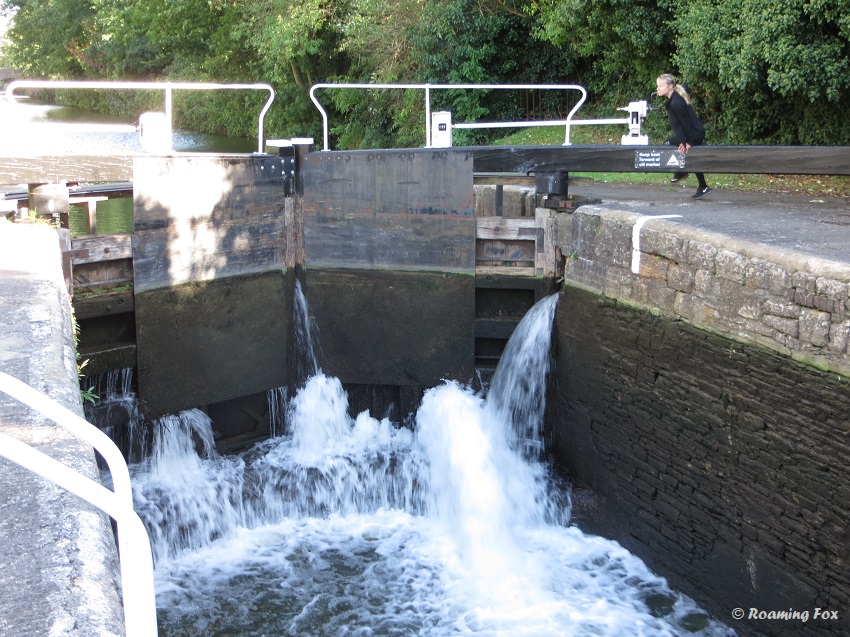

















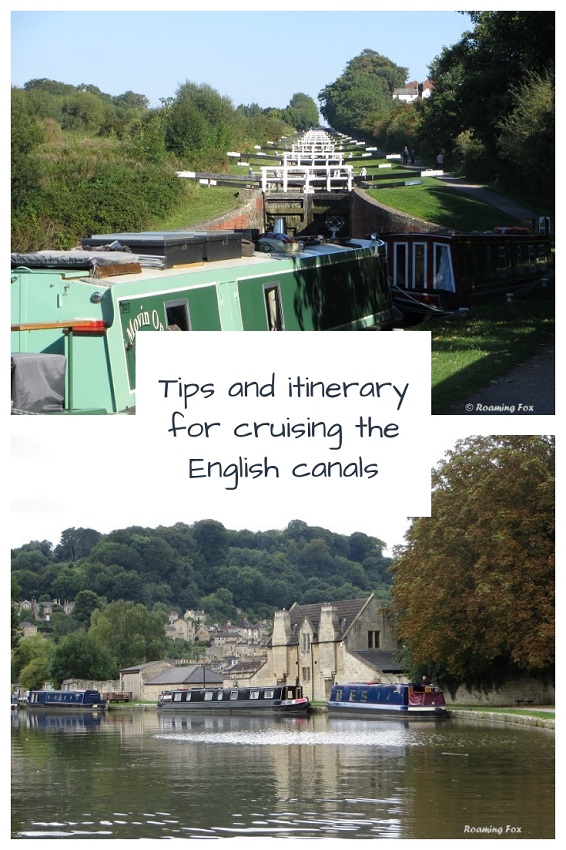



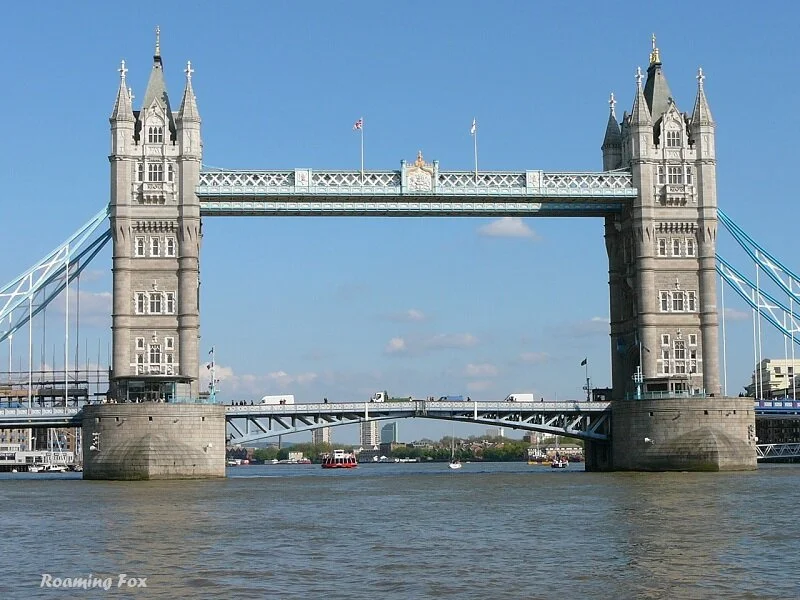

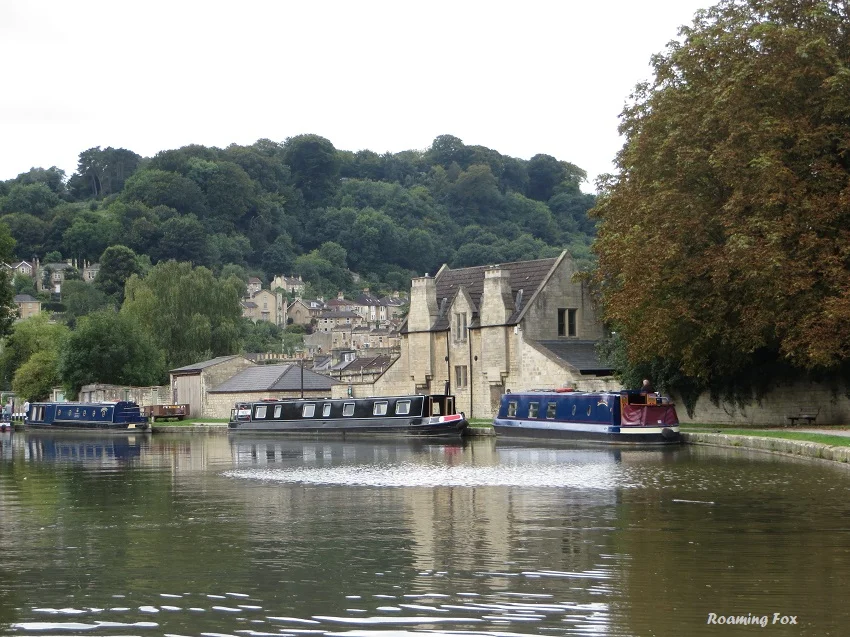


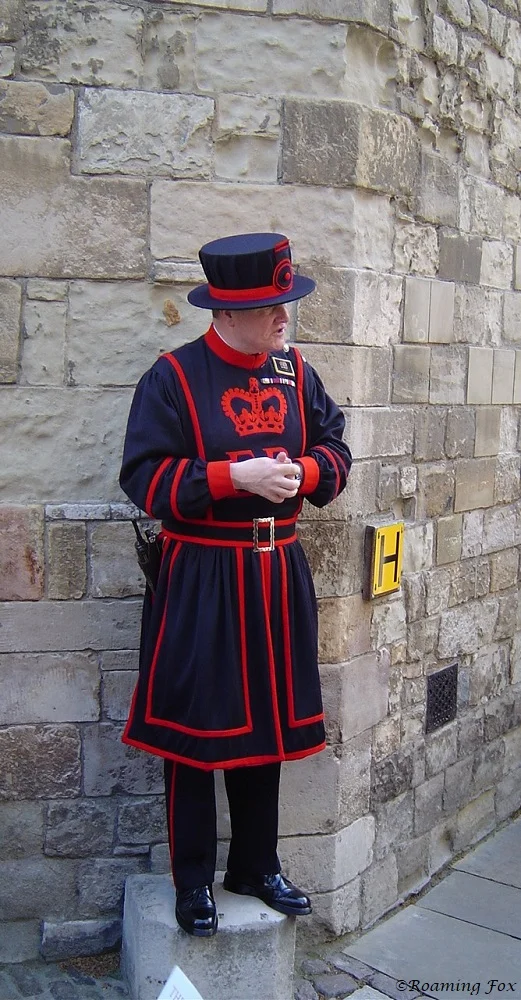




Visit HMS Belfast, look inside its many decks and experience a historic warship in London. Your stroll next to the River Thames at The Queen’s Walk near Tower Bridge will bring you to where the HMS Belfast is moored.